Ian Schrager lifts the curtain on the bacchanal Studio 54 years
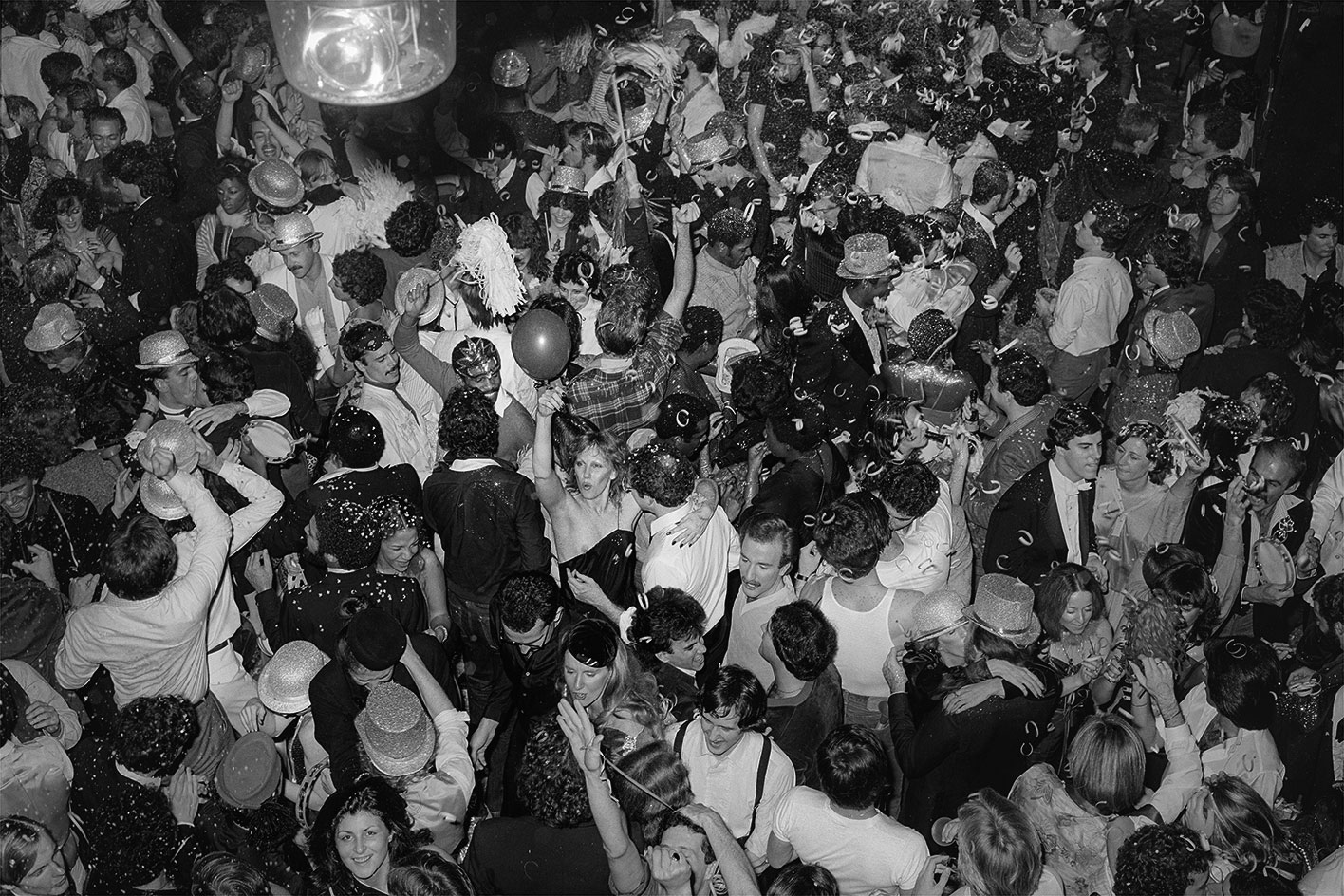
Studio 54 started and ended with a bang. The legendary nightclub fired onto New York’s burgeoning club scene in 1974, raged for seven years, before plunging into scandal with the rising dawn of the 1980s.
Its unlikely founders, then-junior lawyer Ian Schrager and his client Steve Rubell, who owned a small chain of steak restaurants, have become just as talked about as Studio 54 itself. Though Rubell passed away in 1985, Schrager has gone on to have unprecedented success.
The Steve Jobs of the hotelier world, Schrager founded the ‘boutique hotel’ category of luxury accomodation in the 90s, and has spearheaded the concept ever since. Most recently, Schrager opened the Herzog & de Meuron-designed Public hotel in New York.
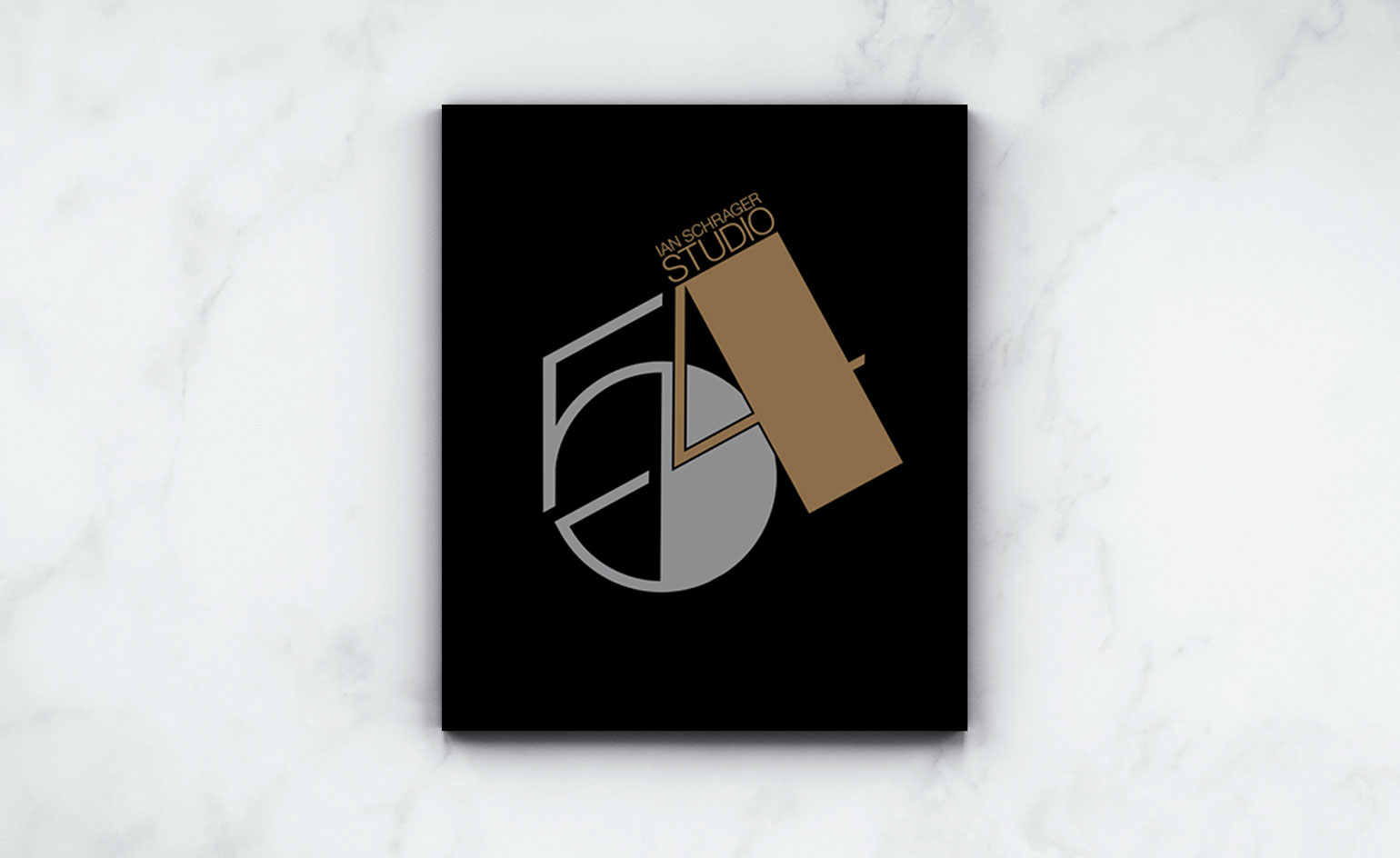
The cover of Studio 54, published by Rizzoli
The behind the scenes goings-on of Studio 54, renowned for its writhing dance floor, fabulous guests and legal contretemps, has long been a source of intrigue. Nearly 40 years since its closing, Schrager has finally decided to immortalise its outrageous reign in book form.
‘Only one person can tell this story,’ he writes in the opening of Studio 54, a midnight-black and extravagantly embossed book published by Rizzoli, preparing us for the intimate, highly personal account that follows. Chapter to chapter, readers move to the very front of the golden-roped queue on West 54th Street, getting a rare glimpse behind those notoriously inaccessible black doors.
What follows is a riot of early sketches, plans and pages from Schrager’s scrapbook, anecdotes from its storied wassailers (from Andy Warhol to Debbie Harrie), and never before seen, access-all-areas, letters between Schrager, his lawyers, and the NYPD. Readers are given the VIP treatment (sans ‘alternating shots of Stoli with a hit of coke’ in the basement), served sketches of Paul Marantz’s famous lighting design, (along with a letter from the designer, who goes ‘on the record’ to ‘strongly urge’ Schrager to prohibit the use of the lighting rigs as climbing frames).
Comprehensive history this is not. But how could it be? Few who were there are likely to remember every chronological detail of their Studio 54 exprience. Misty memories are presented as such, with nebulous quotes and jumbles of fragmented photography tumbling from the pages.
Warhol wrote in his 1979 book, Andy Warhol’s Exposures: ‘Studio 54 is a dictatorship at the door, but a democracy on the dance floor.’ This book is that dance floor. Readers who weren’t lucky enough to be there, are made to feel as if they were. As Schrager writes, ‘This is for my family, children, and grandchildren to come... so they will know.’
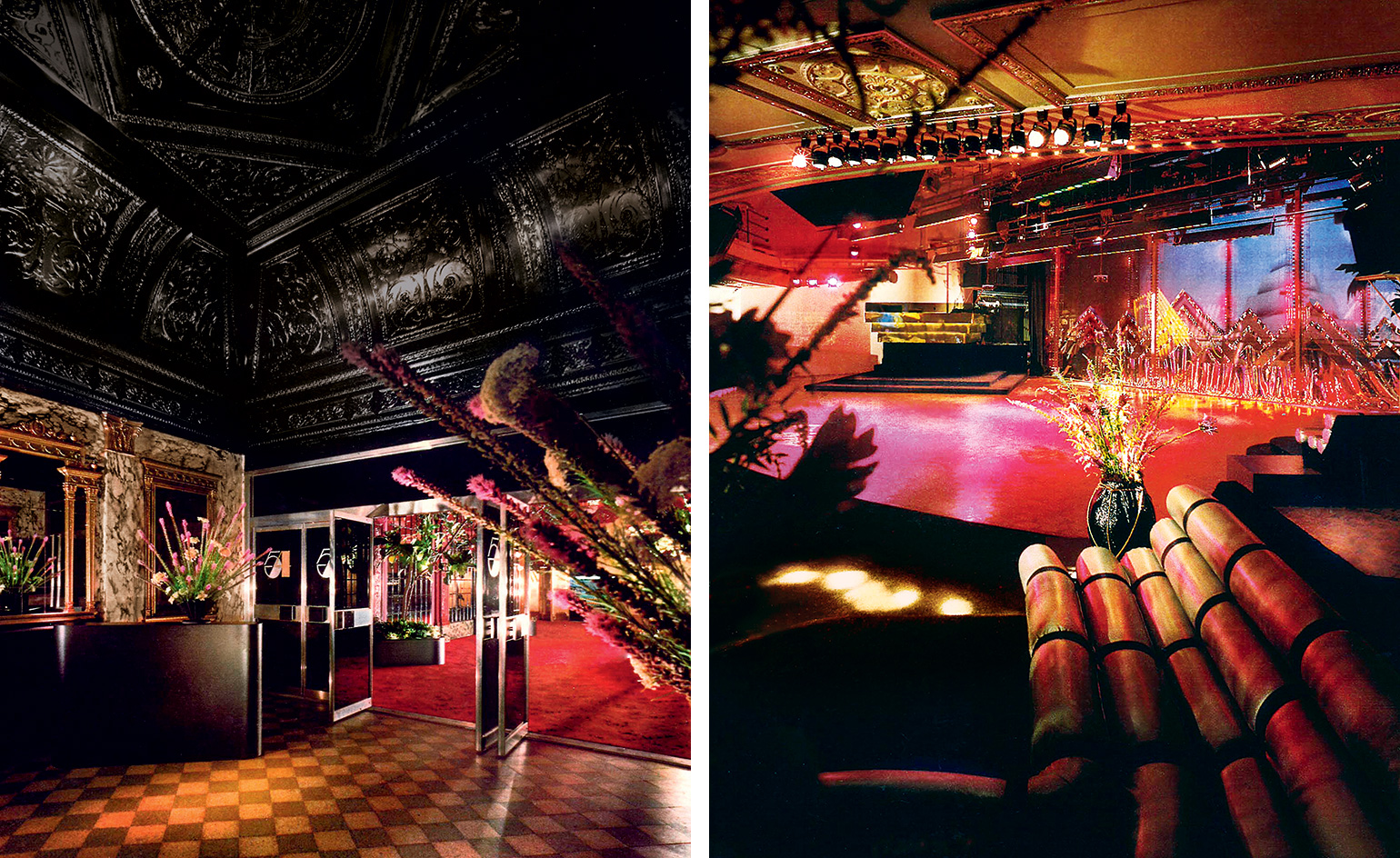
Left, the entrance to Studio 54, where people paid. Ian Schrager always insisted that the black doors be kept closed, so that it was a processional when they were opened. Right, the famous, moveable tube banquettes facing the original DJ booth and a cut drop designed by Aerographics.
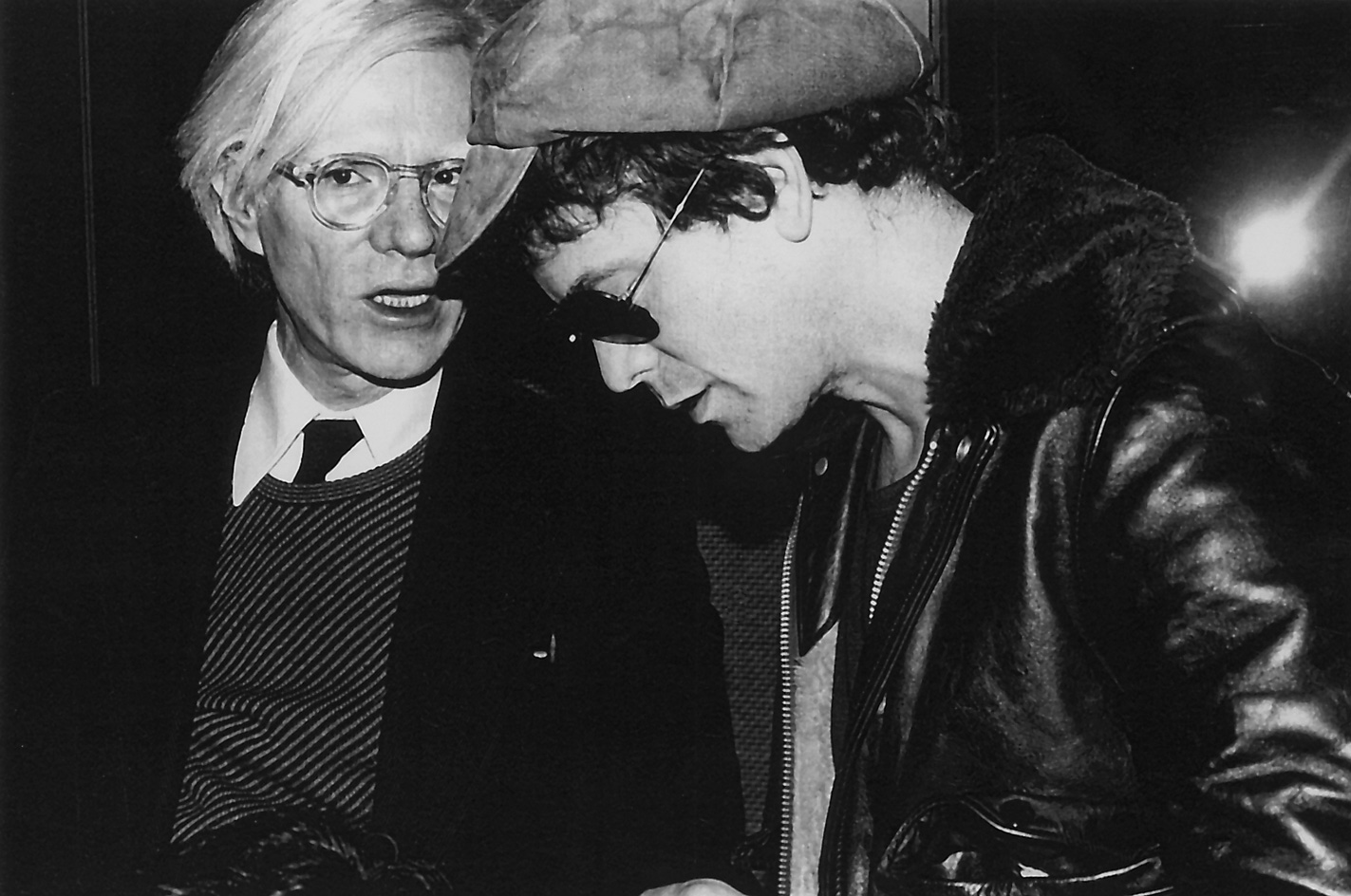
Andy Warhol with Lou Reed. © Rose Hartman
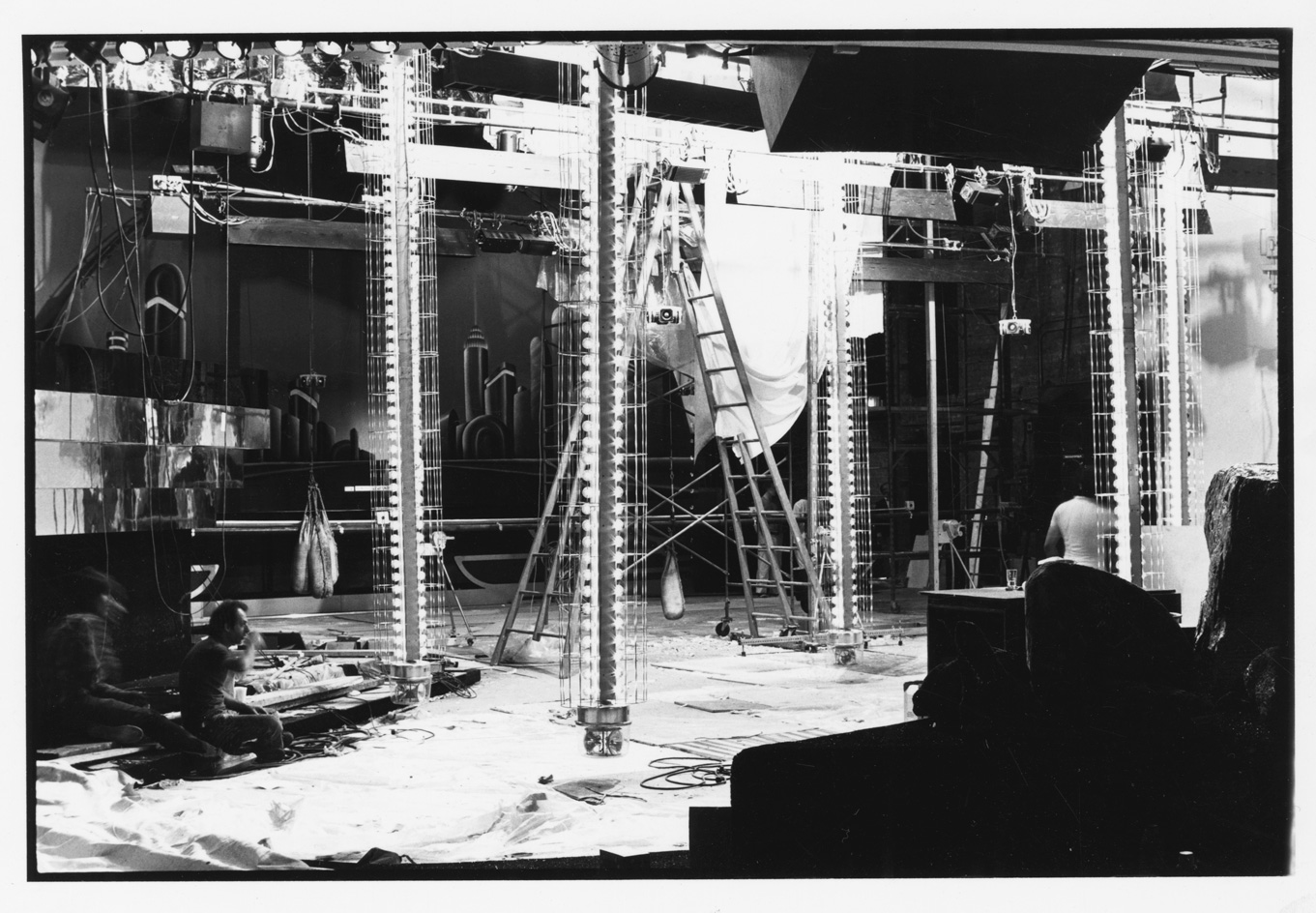
A construction meeting inside Studio 54 before it opened in 1974
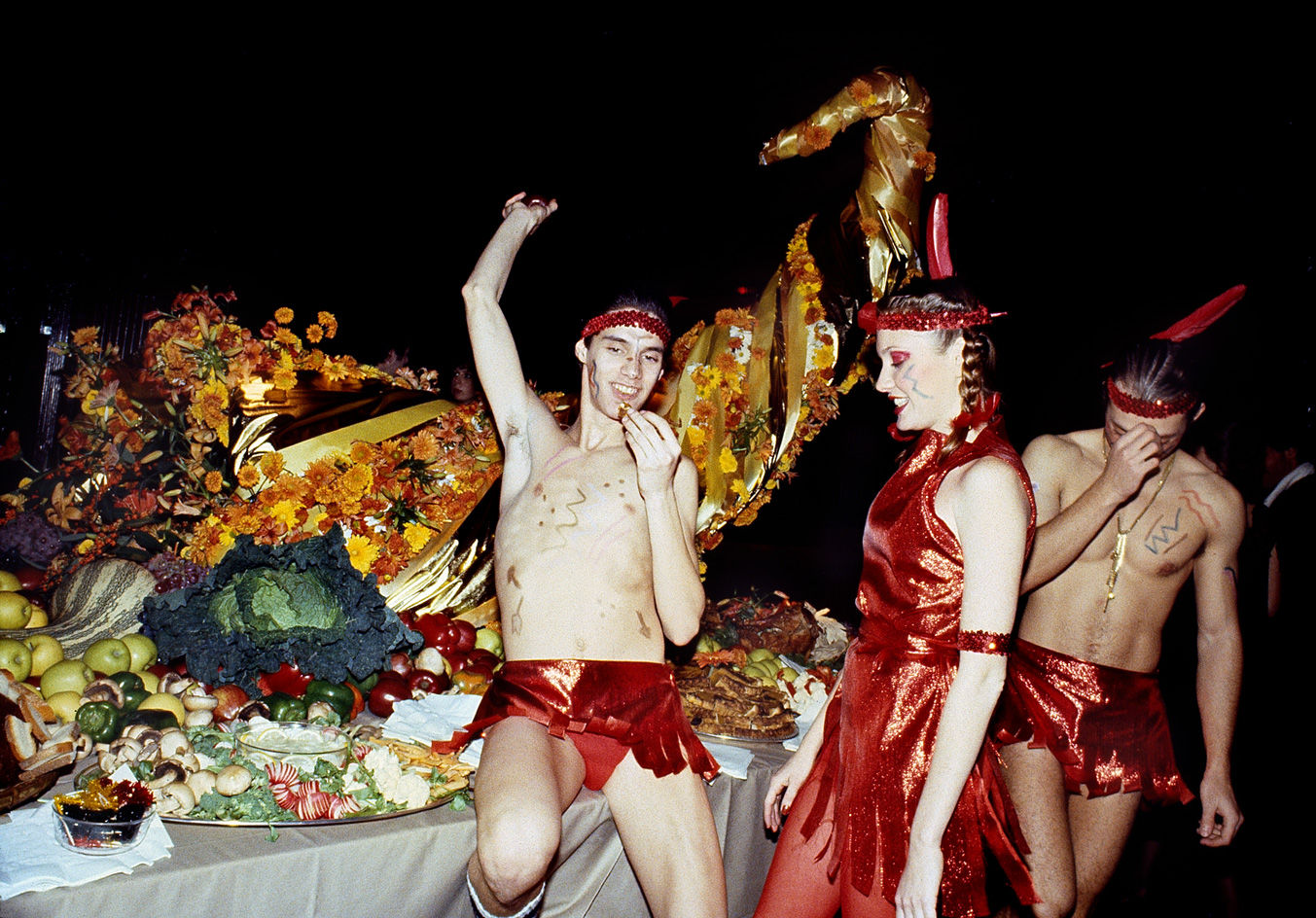
Overflowing cornucopia at the Casablanca Records party celebrating the release of the Thank God It’s Friday soundtrack.
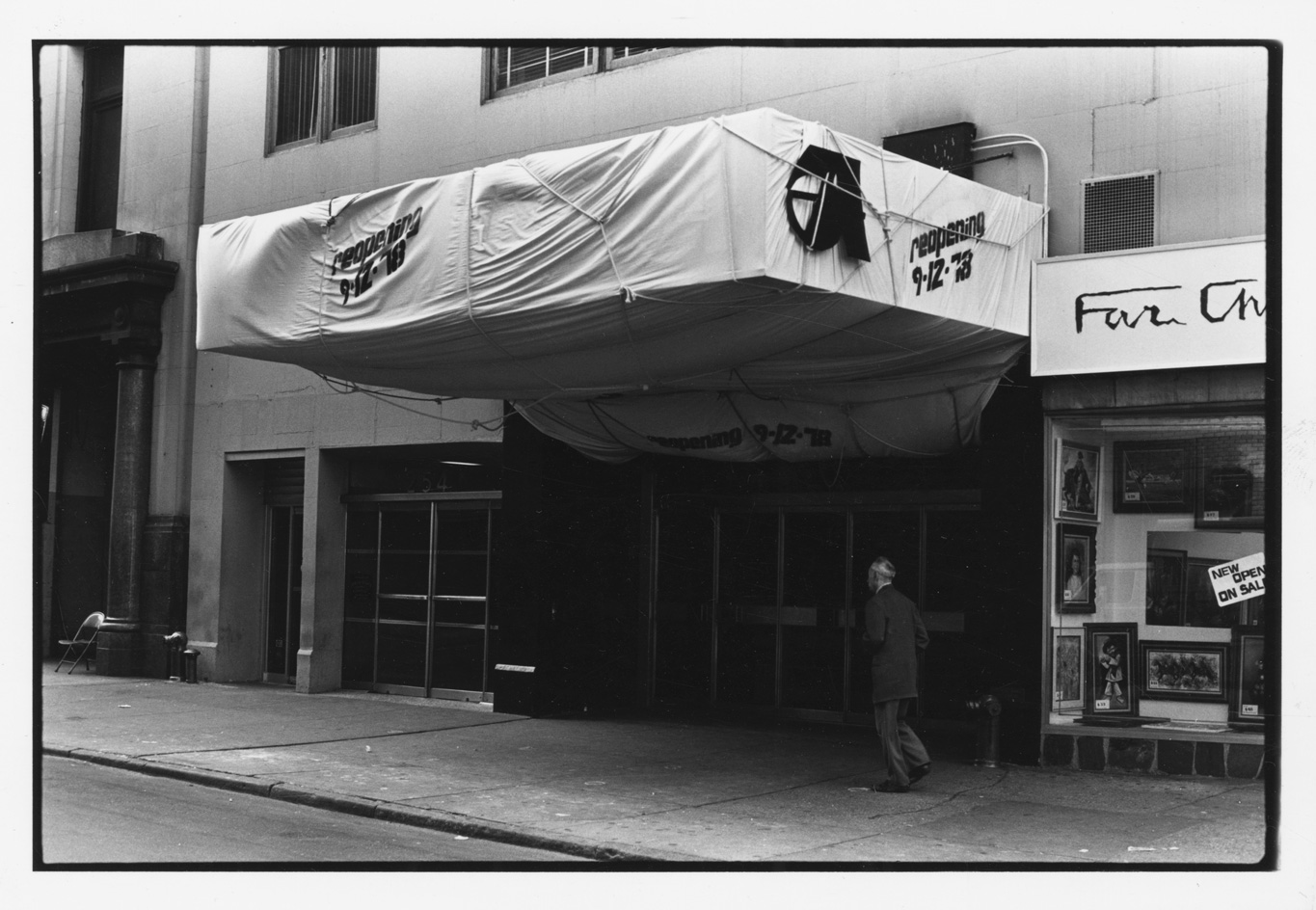
In the summer of 1978, Studio 54 closed for a rare few days in order to undergo a major renovation
INFORMATION
Studio 54, published by Rizzoli, £55
Receive our daily digest of inspiration, escapism and design stories from around the world direct to your inbox.
Elly Parsons is the Digital Editor of Wallpaper*, where she oversees Wallpaper.com and its social platforms. She has been with the brand since 2015 in various roles, spending time as digital writer – specialising in art, technology and contemporary culture – and as deputy digital editor. She was shortlisted for a PPA Award in 2017, has written extensively for many publications, and has contributed to three books. She is a guest lecturer in digital journalism at Goldsmiths University, London, where she also holds a masters degree in creative writing. Now, her main areas of expertise include content strategy, audience engagement, and social media.
-
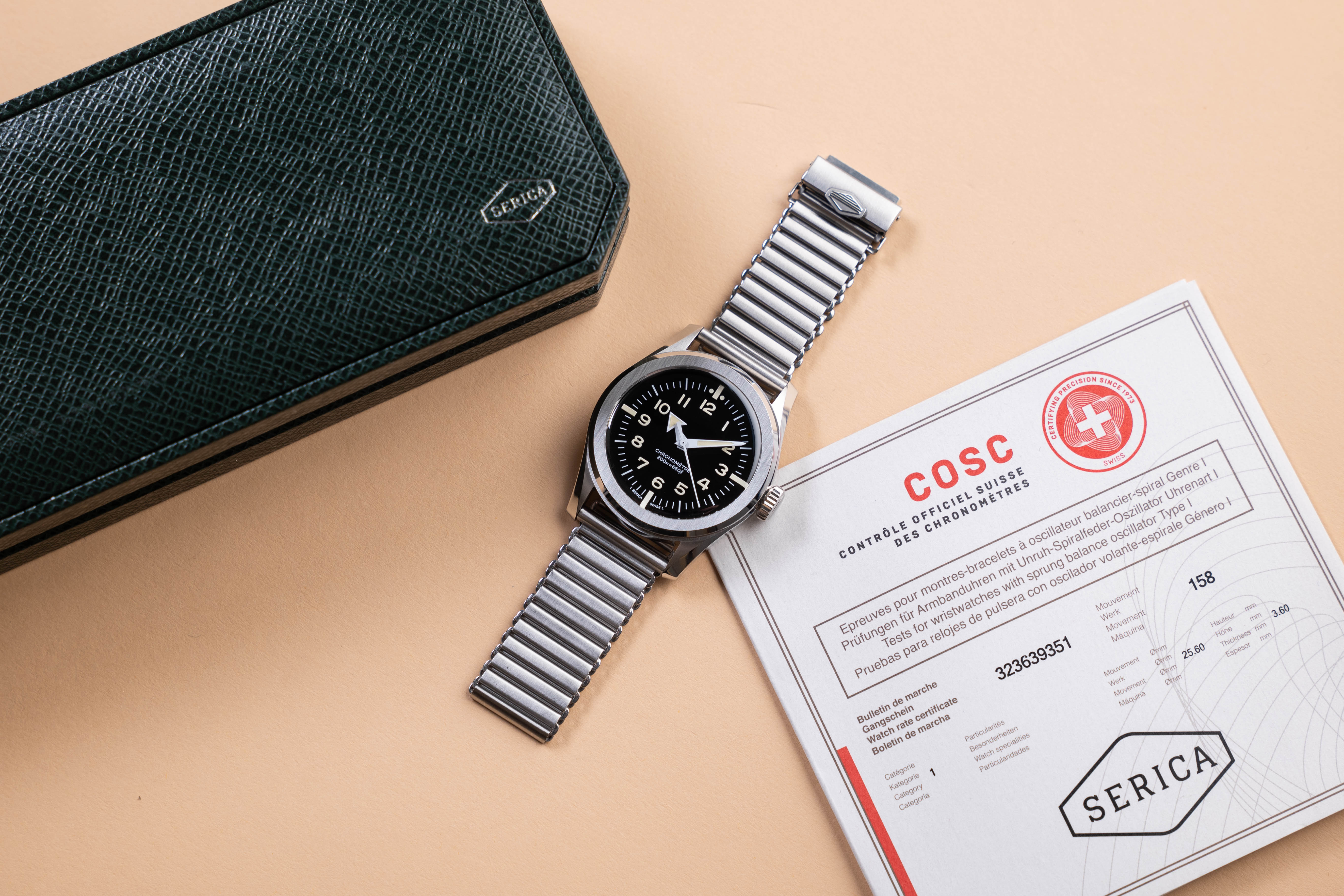 Click to buy: how will we buy watches in 2026?
Click to buy: how will we buy watches in 2026?Time was when a watch was bought only in a shop - the trying on was all part of the 'white glove' sales experience. But can the watch industry really put off the digital world any longer?
-
 Don't miss these art exhibitions to see in January
Don't miss these art exhibitions to see in JanuaryStart the year with an inspiring dose of culture - here are the best things to see in January
-
 Unmissable fashion exhibitions to add to your calendar in 2026
Unmissable fashion exhibitions to add to your calendar in 2026From a trip back to the 1990s at Tate Britain to retrospectives on Schiaparelli, Madame Grès and Vivienne Westwood, 2026 looks set to continue the renaissance of the fashion exhibition
-
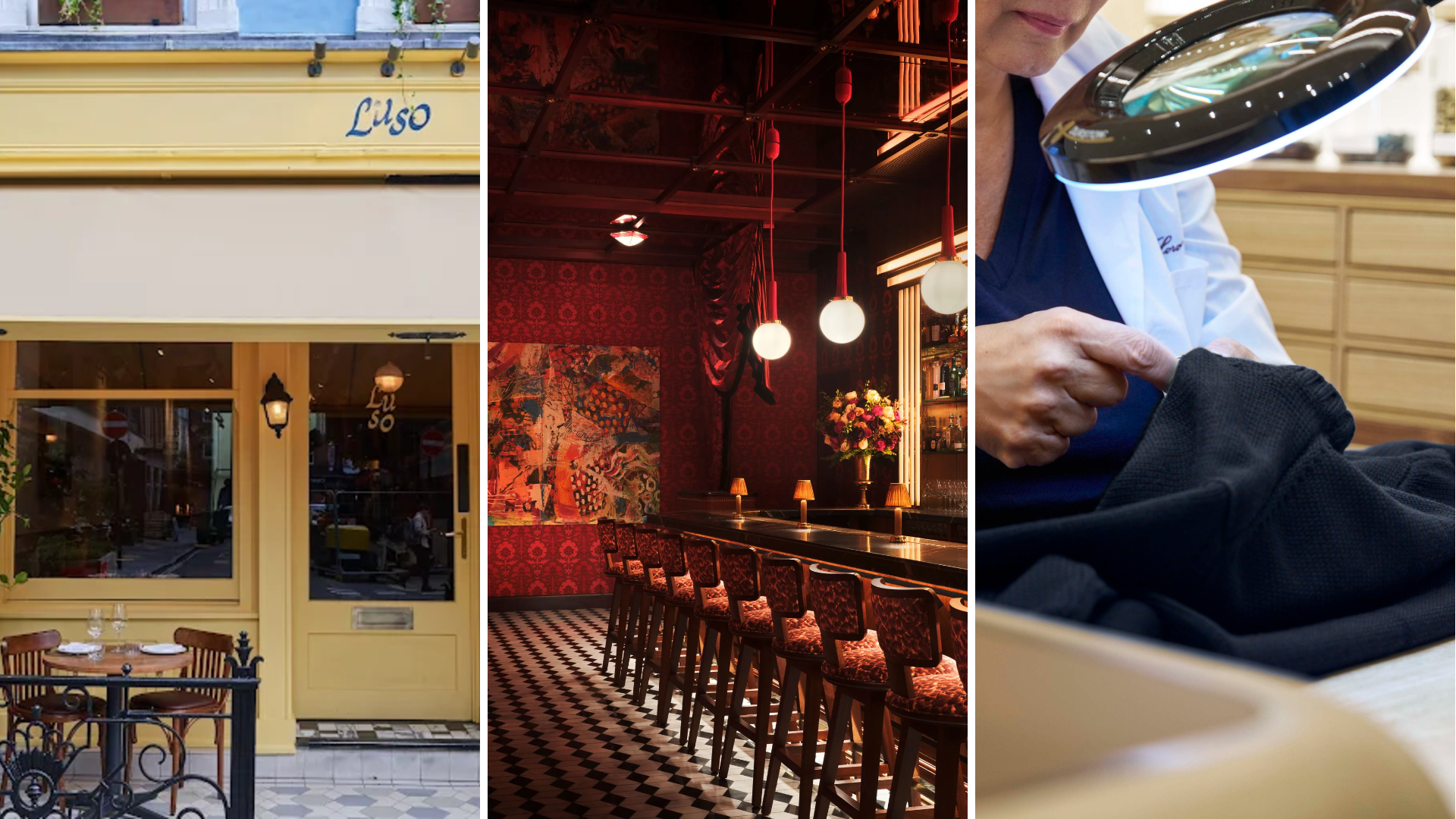 Out of office: The Wallpaper* editors’ picks of the week
Out of office: The Wallpaper* editors’ picks of the week'Tis the season for eating and drinking, and the Wallpaper* team embraced it wholeheartedly this week. Elsewhere: the best spot in Milan for clothing repairs and outdoor swimming in December
-
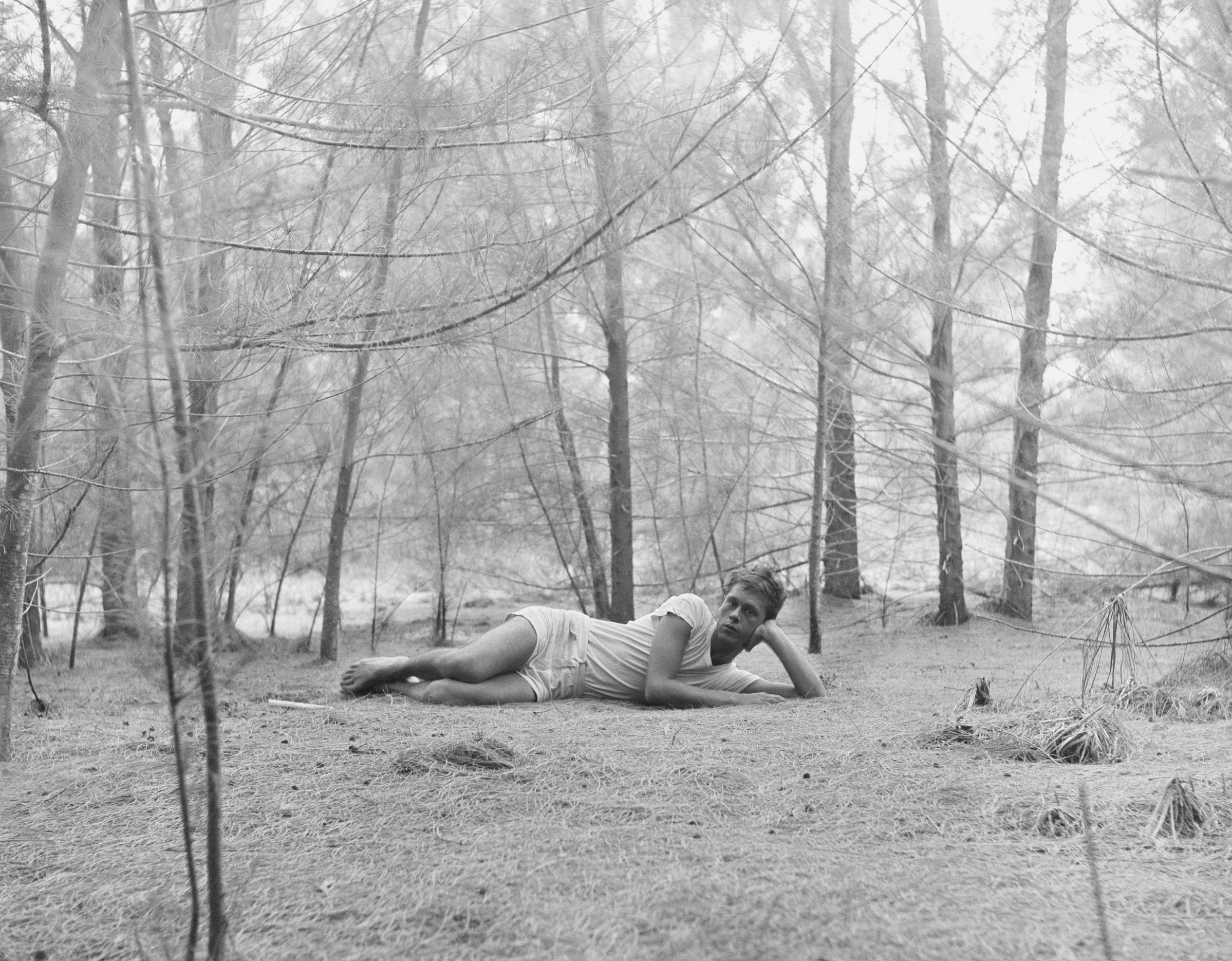 Inside the seductive and mischievous relationship between Paul Thek and Peter Hujar
Inside the seductive and mischievous relationship between Paul Thek and Peter HujarUntil now, little has been known about the deep friendship between artist Thek and photographer Hujar, something set to change with the release of their previously unpublished letters and photographs
-
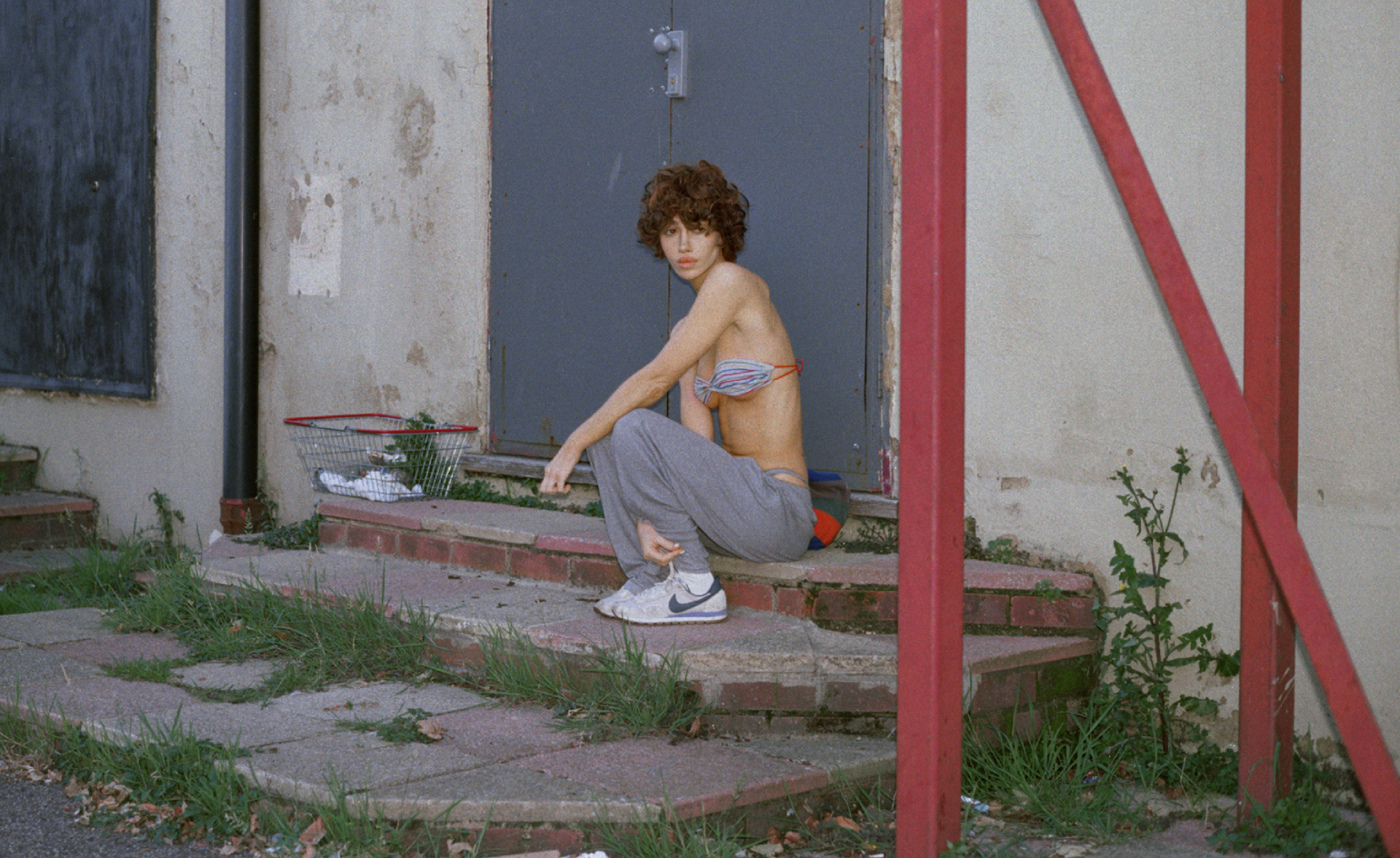 Nadia Lee Cohen distils a distant American memory into an unflinching new photo book
Nadia Lee Cohen distils a distant American memory into an unflinching new photo book‘Holy Ohio’ documents the British photographer and filmmaker’s personal journey as she reconnects with distant family and her earliest American memories
-
 Out of office: The Wallpaper* editors’ picks of the week
Out of office: The Wallpaper* editors’ picks of the weekIt’s been a week of escapism: daydreams of Ghana sparked by lively local projects, glimpses of Tokyo on nostalgic film rolls, and a charming foray into the heart of Christmas as the festive season kicks off in earnest
-
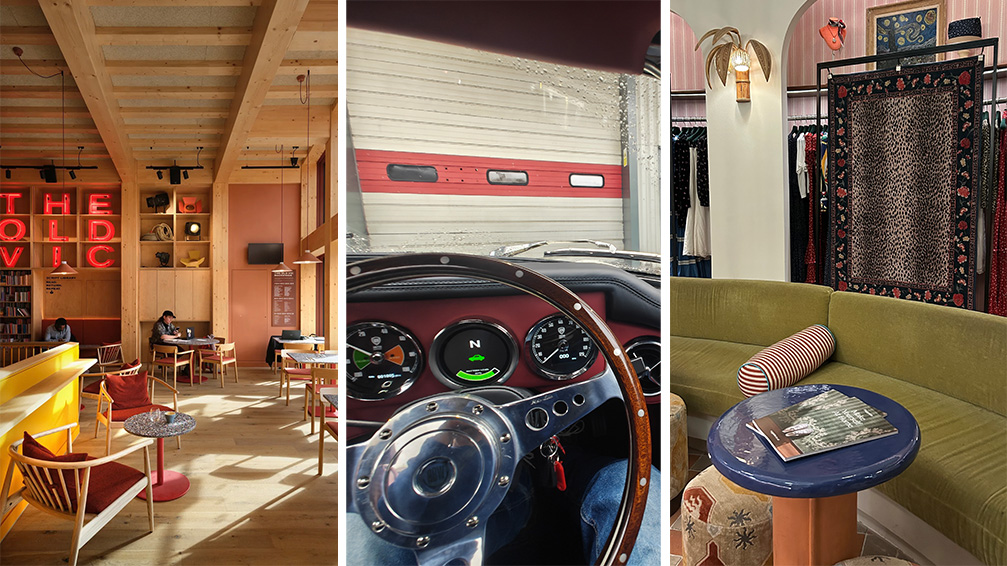 Out of office: The Wallpaper* editors’ picks of the week
Out of office: The Wallpaper* editors’ picks of the weekThe rain is falling, the nights are closing in, and it’s still a bit too early to get excited for Christmas, but this week, the Wallpaper* team brought warmth to the gloom with cosy interiors, good books, and a Hebridean dram
-
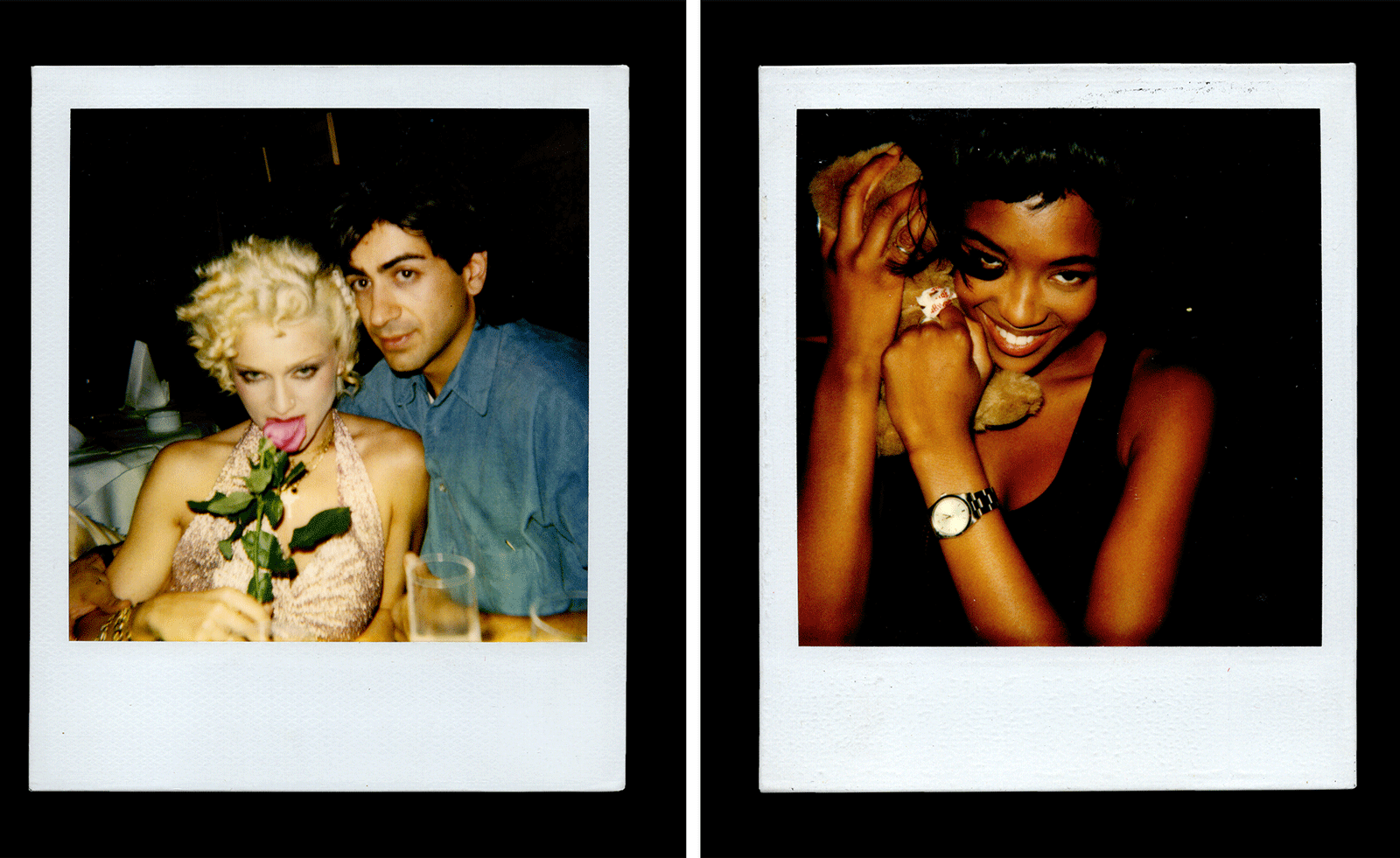 Inside Davé, Polaroids from a little-known Paris hotspot where the A-list played
Inside Davé, Polaroids from a little-known Paris hotspot where the A-list playedChinese restaurant Davé drew in A-list celebrities for three decades. What happened behind closed doors? A new book of Polaroids looks back
-
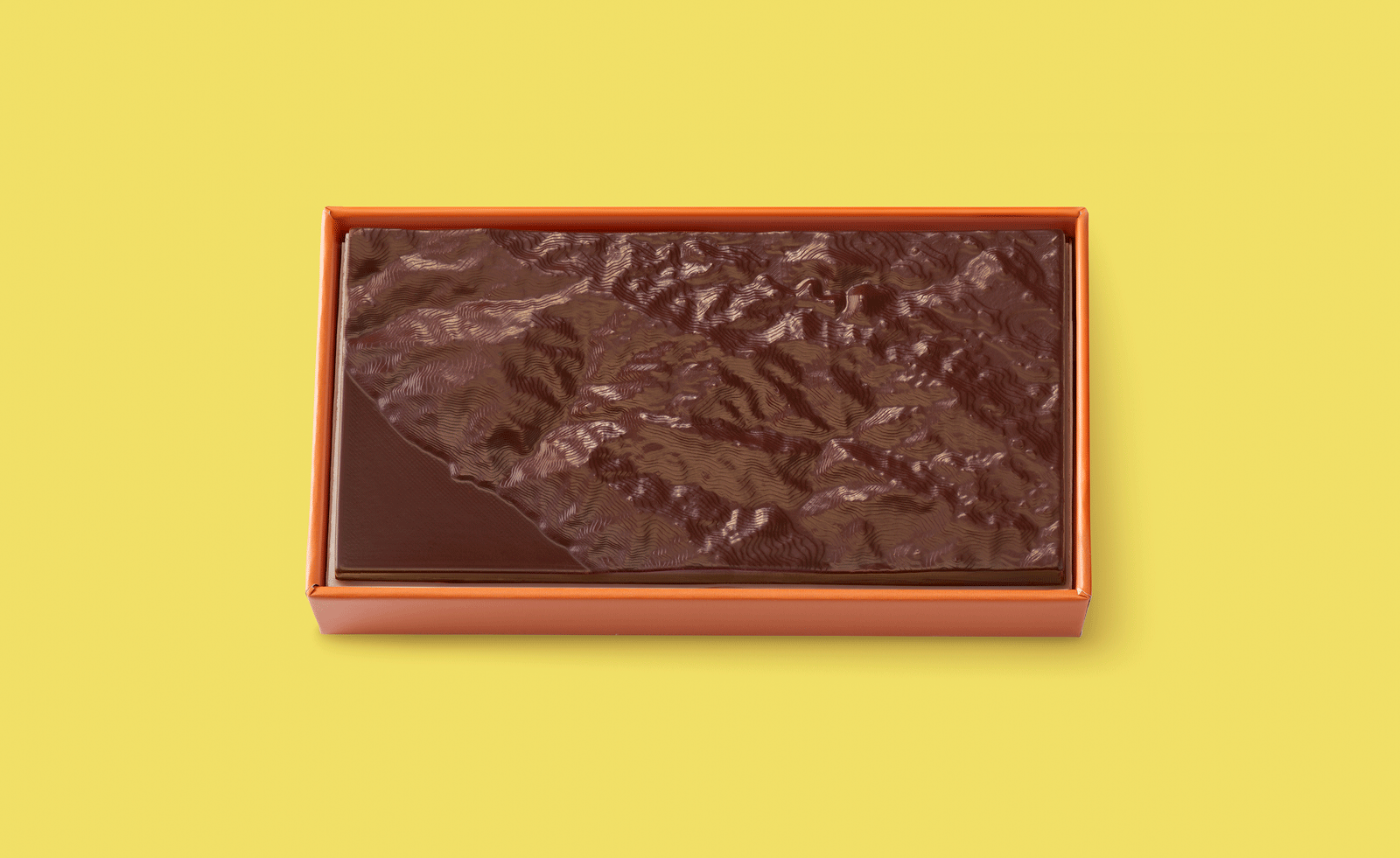 Ed Ruscha’s foray into chocolate is sweet, smart and very American
Ed Ruscha’s foray into chocolate is sweet, smart and very AmericanArt and chocolate combine deliciously in ‘Made in California’, a project from the artist with andSons Chocolatiers
-
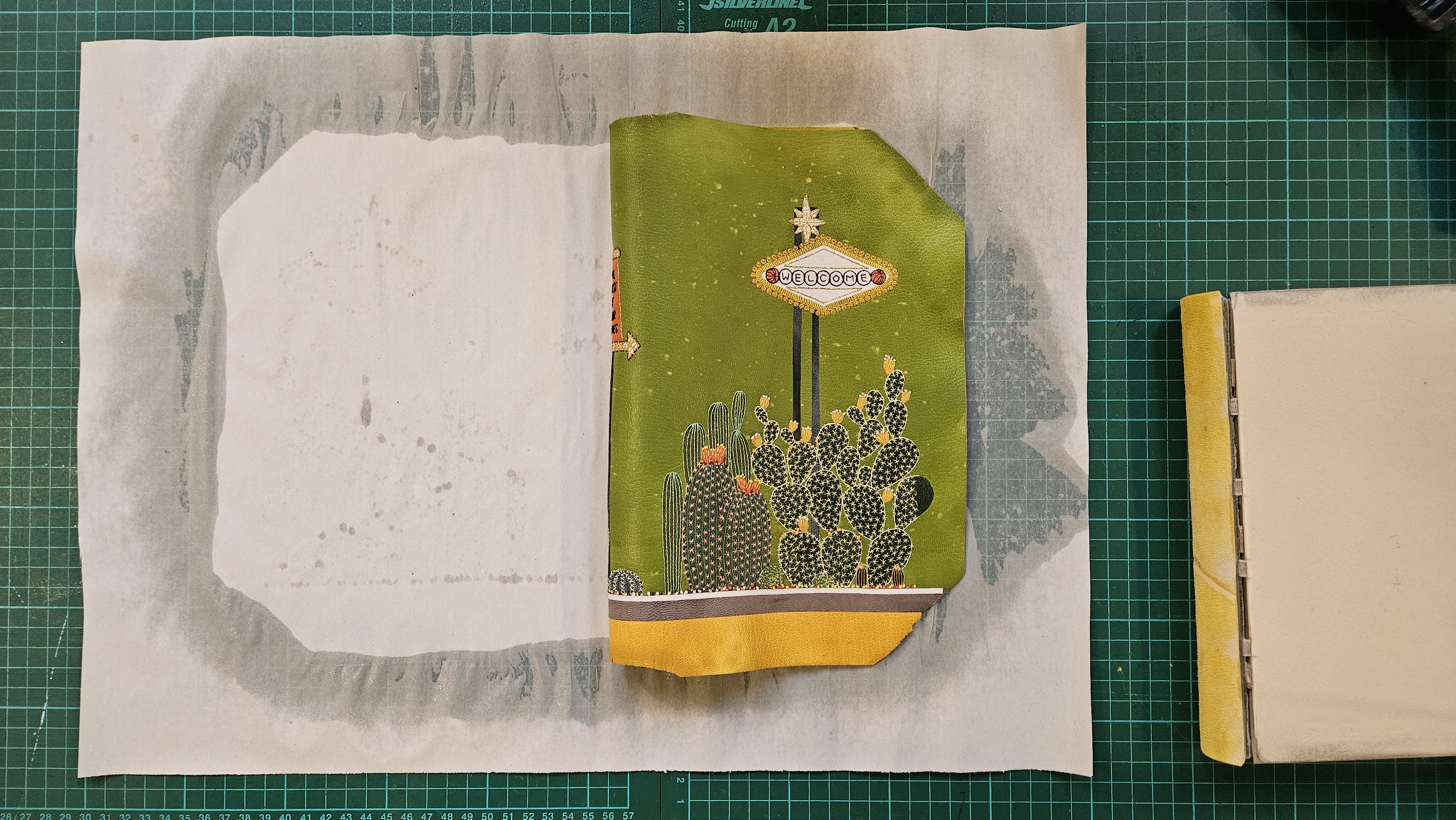 Inside the process of creating the one-of-a-kind book edition gifted to the Booker Prize shortlisted authors
Inside the process of creating the one-of-a-kind book edition gifted to the Booker Prize shortlisted authorsFor over 30 years each work on the Booker Prize shortlist are assigned an artisan bookbinder to produce a one-off edition for the author. We meet one of the artists behind this year’s creations